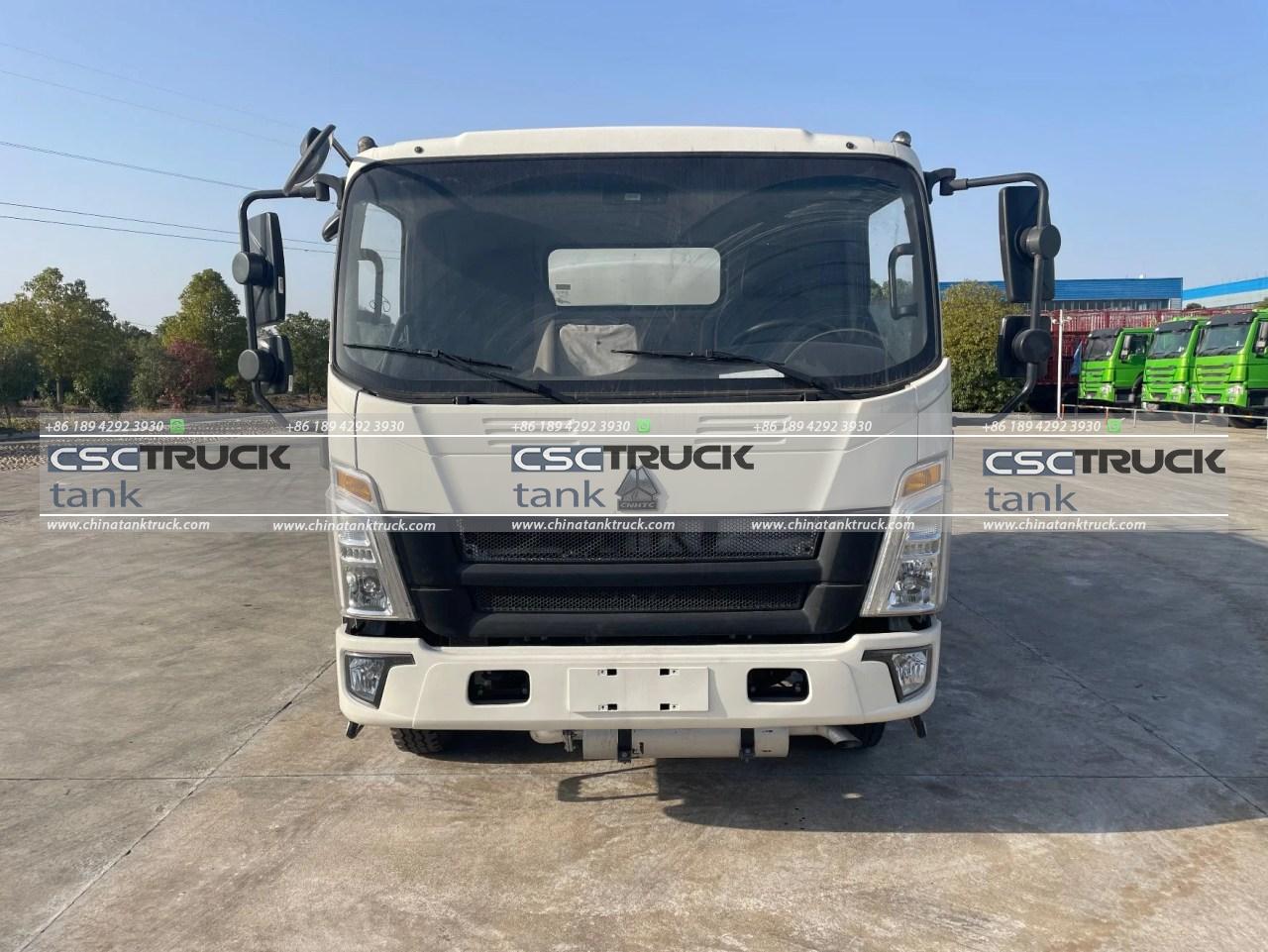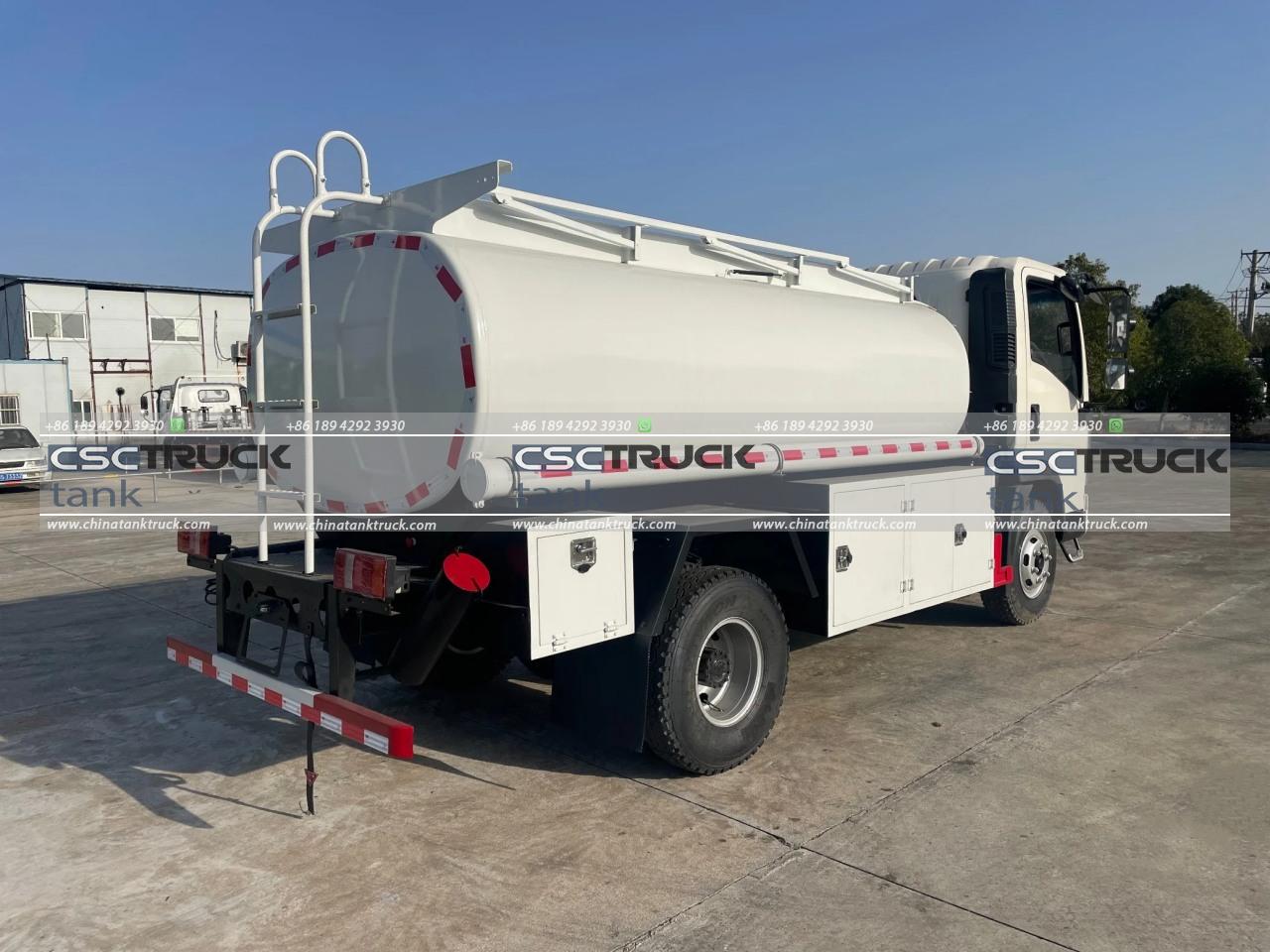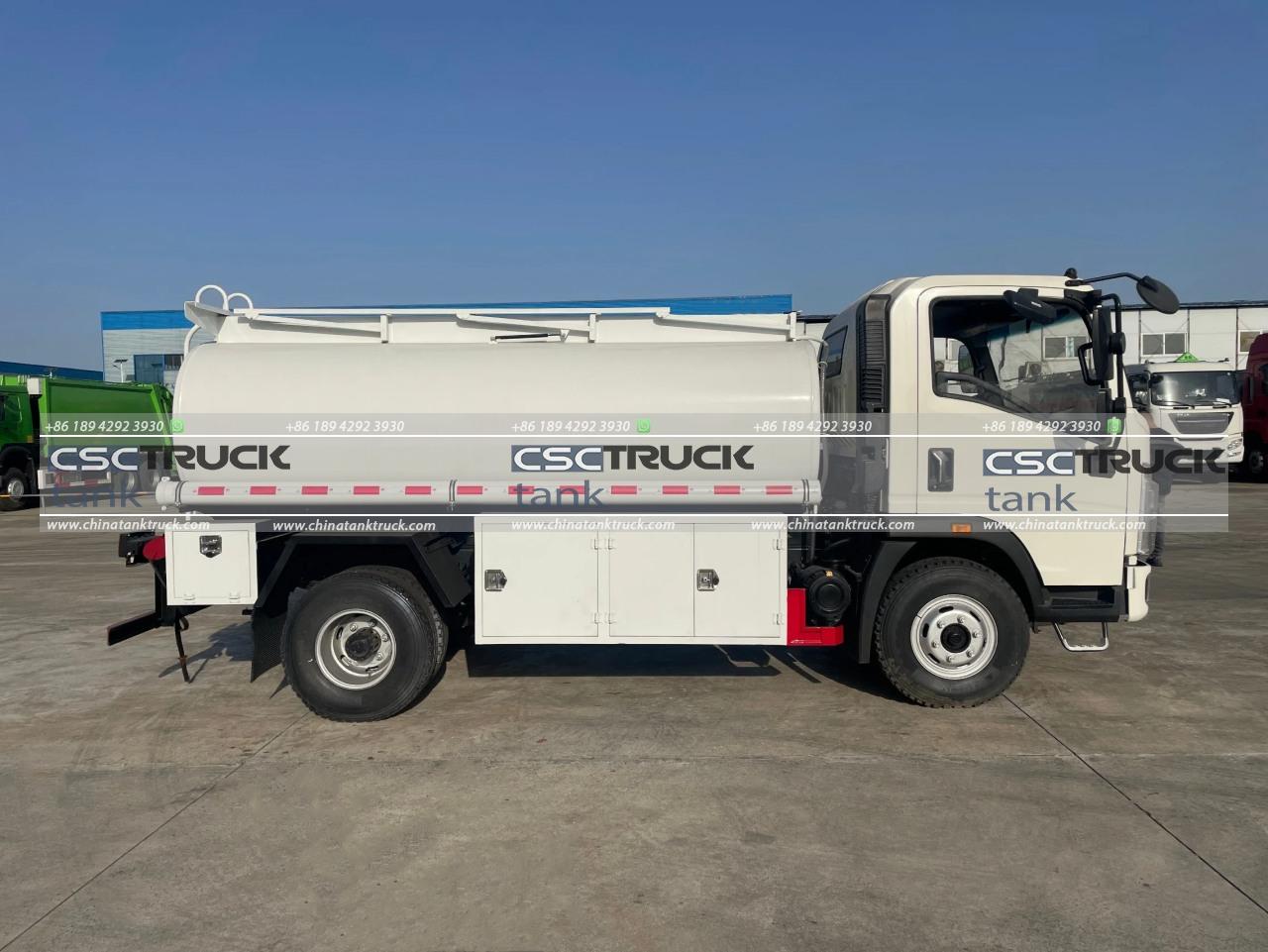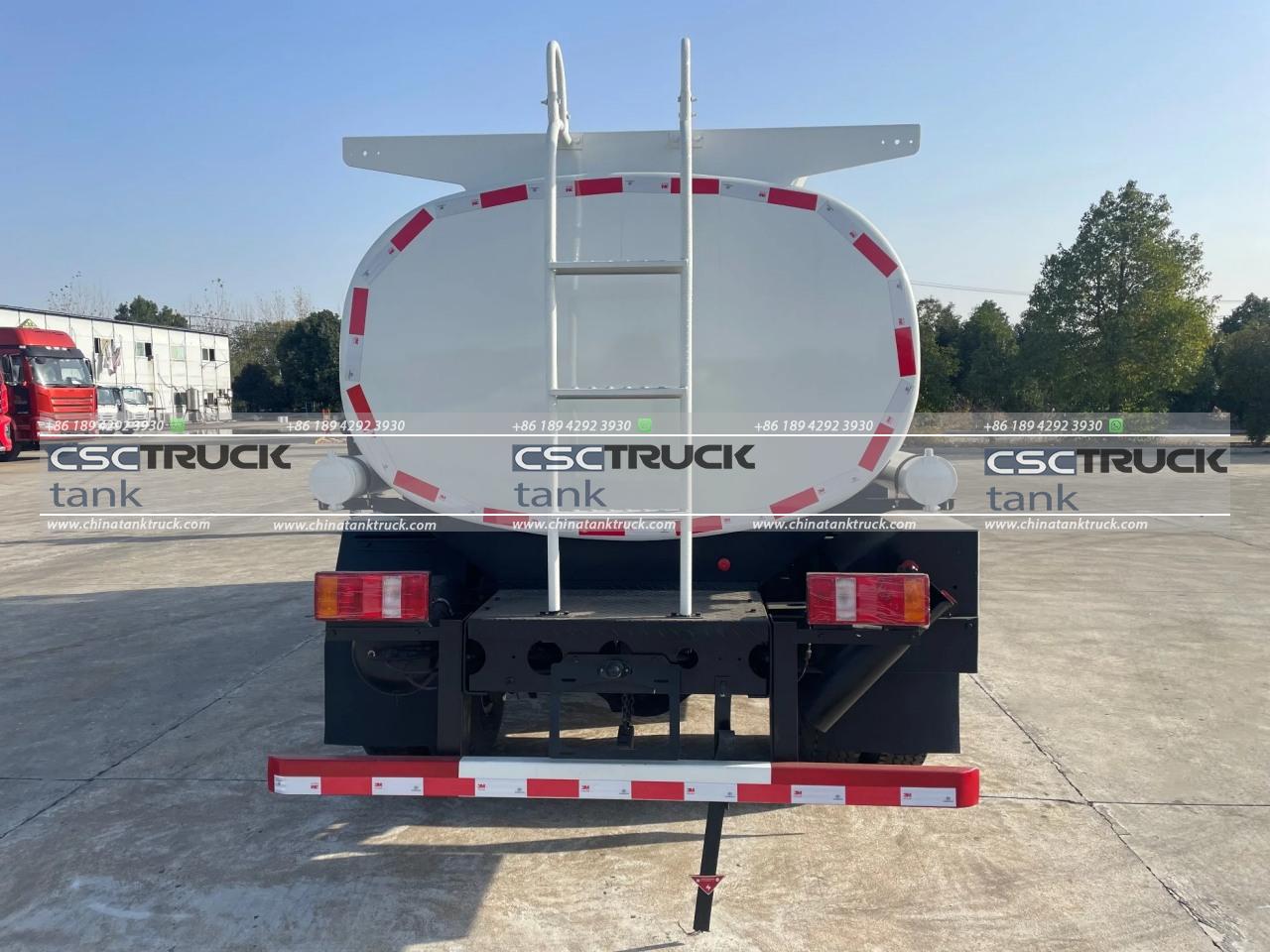How Do Tanker Trucks Work?
Tanker trucks are an integral part of the modern logistics and transportation industries, playing a crucial role in moving liquids such as fuel, chemicals, water, and food-grade substances. Understanding how these trucks operate requires a look into their design, functionality, and safety measures. This article explores the mechanics behind tanker trucks, their operational aspects, and the factors ensuring their safe and efficient performance.
Design and Construction
At the core of a tanker truck‘s functionality is its tank, which is designed to hold and transport various liquids safely. These tanks are typically constructed from materials like aluminum, stainless steel, or carbon steel, depending on the type of liquid they are intended to carry.
1. Tank Material and Construction: Different materials are chosen based on the properties of the liquid being transported. For example, stainless steel is preferred for food-grade liquids and chemicals due to its corrosion resistance and ease of cleaning. Carbon steel is commonly used for petroleum products, while aluminum tanks are lighter and often used for transporting fuel.
2. Tank Shape and Configuration: Tanker trucks come in various shapes, including cylindrical, oval, or rectangular. The cylindrical shape is the most common due to its structural efficiency and ease of manufacturing. Tanks are usually mounted on a truck chassis and may have multiple compartments to allow the transportation of different liquids simultaneously. The design of the tank ensures an even distribution of weight, which is crucial for maintaining vehicle stability.

Operational Mechanisms
1. Loading and Unloading Systems: Tanker trucks are equipped with specialized loading and unloading systems to facilitate the transfer of liquids. These systems include pumps, hoses, and valves.
– Pumps: Pumps are used to move the liquid in and out of the tank. There are various types of pumps, such as centrifugal, gear, and diaphragm pumps, each suited for different kinds of liquids. For example, centrifugal pumps are often used for low-viscosity liquids, while gear pumps are used for thicker substances.
– Hoses and Valves: Flexible hoses connected to the tank allow for the transfer of liquids. Valves control the flow of liquid, and their placement is strategic to ensure efficient loading and unloading. Many tanker trucks have a system of valves and couplings that ensure the liquid is transferred smoothly and safely.
2. Tanker Truck Controls: Inside the cab of the truck, the driver has controls for operating the pump and managing the flow of liquid. These controls are usually integrated into the truck’s dashboard or can be operated via a remote control system.
Safety Considerations
Safety is paramount when it comes to tanker trucks due to the potential hazards associated with transporting liquids, especially flammable or hazardous materials.
1. Tank Design Safety Features: Tanks are designed with various safety features to prevent leaks, spills, and explosions. For example:
– Pressure Relief Valves: These valves prevent the build-up of excessive pressure inside the tank, which could lead to a rupture.
– Overfill Protection: This system ensures that the tank is not filled beyond its capacity, which could cause spillage.
– Baffles: Internal baffles are used to prevent liquid sloshing, which can affect vehicle stability and handling.
2. Driver Training and Regulations: Drivers of tanker trucks are required to undergo specialized training and certification to handle the unique challenges associated with transporting liquids. Regulations also mandate specific safety protocols, such as the use of appropriate personal protective equipment (PPE) and adherence to speed limits and road safety practices.
3. Maintenance and Inspection: Regular maintenance and inspection of tanker trucks are crucial to ensuring their safety and operational efficiency. This includes checking for leaks, inspecting the tank and its fittings, and ensuring that the pump and valve systems are functioning correctly.

Environmental Considerations
The environmental impact of tanker trucks is a growing concern, particularly in the context of fuel and chemical transportation.
1. Spill Prevention and Response: Measures are in place to prevent and respond to spills. This includes the use of spill containment systems and emergency response plans. Modern tanker trucks are designed with secondary containment features to capture any accidental leaks or spills.
2. Emissions and Efficiency: Advances in technology have led to improvements in the fuel efficiency of tanker trucks and reductions in emissions. Modern trucks are equipped with engines that meet stringent environmental regulations and are designed to minimize their carbon footprint.
Applications and Variations
Tanker trucks serve a wide range of applications, each requiring specific features and configurations.
1. Fuel Tankers: Used to transport gasoline, diesel, and other fuels. These tankers often have multiple compartments to handle different types of fuel and are equipped with vapor recovery systems to minimize emissions.
2. Chemical Tankers: Designed for transporting chemicals, these tankers are often built with specialized linings to prevent chemical reactions and ensure safe handling.
3. Food-Grade Tankers: These tankers are used for transporting liquids such as milk, juice, and other food-grade substances. They are built with materials that comply with food safety standards and are subject to stringent cleaning protocols.
4. Water Tankers: Often used in municipal and agricultural settings, water tankers are equipped with systems for managing the flow of water and may include features like water recycling systems.

Conclusion
Tanker trucks are a marvel of engineering, designed to transport a diverse range of liquids safely and efficiently. From their robust construction and operational mechanisms to stringent safety measures and environmental considerations, these vehicles play a critical role in various industries. Understanding how tanker trucks work not only highlights their importance in logistics but also underscores the continuous advancements being made to enhance their safety, efficiency, and environmental impact.


